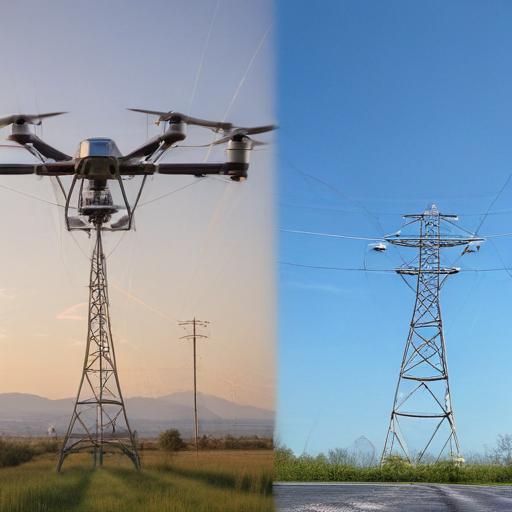Consumers Energy expands drone program to strengthen grid reliability
Summary: The Michigan utility has doubled its drone fleet to 40 aircraft and increased the number of licensed pilots to 40 over two years, using aerial inspection and thermal imaging to speed maintenance, reach hard-to-access lines, and speed storm restoration, as part of its Reliability Roadmap.
Consumers Energy is broadening its use of drone technology to inspect and maintain its electric grid, doubling its drone fleet in the last two years to 40 drones and 40 licensed pilots. The move aims to speed inspections, improve safety, and reduce customer outages by identifying issues before they impact service.
Reliability sits at the heart of the program. Greg Salisbury, the company’s senior vice president and president of electric distribution, said drones enable early problem detection and faster, safer responses when outages occur. By replacing or supplementing traditional helicopter-assisted inspections, the utility can cover more ground more efficiently and at lower cost.
Drones are now commonly used for power-line inspections. While helicopter crews continue to inspect about 4,000 miles of overhead lines each year, roughly 400 miles remain challenging or inaccessible due to thick brush, restricted airspace, or difficult terrain in urban areas. Drones equipped with high-resolution cameras and thermal imaging provide a bird’s-eye view of poles and equipment, capturing photos and video that help crews identify damage, assess deterioration, and determine which trees may need trimming to protect lines.
Benjamin Strandskov, who leads Consumers Energy’s drone program, emphasized that drone technology has moved beyond experimentation and is now a staple of grid inspection and maintenance. The technology offers a faster, safer way to see conditions in places that were previously hard to reach.
The benefits extend to storm response. After severe weather such as the March ice storm in Northern Michigan, drones were deployed in areas unsafe for ground crews. Real-time aerial imagery helped speed safe restoration and confirmed that power lines were clear of damage before re-energizing the system.
The drone program is part of Consumers Energy’s Reliability Roadmap, which outlines long-term investments to strengthen the grid, reduce outages, and prepare for future energy needs. The technology, along with other innovative tools and projects, helped lower the average customer outage duration by more than 20 minutes last year.
About Consumers Energy
Consumers Energy is Michigan’s largest energy provider, delivering natural gas and electricity to about 6.8 million residents across all 68 Lower Peninsula counties.
Looking ahead
The continued expansion of drone use reflects a broader push toward grid modernization and resilience. As weather events become more frequent and severe, aerial inspection and rapid-response capabilities could become even more central to maintaining reliable service, facilitating quicker restoration, and supporting ongoing maintenance programs.
Additional context and possibilities
– Potential future applications could include automated vegetation management guidance, early detection of equipment wear, and integration with other data analytics to optimize maintenance schedules.
– Ongoing safety training and regulatory coordination will remain essential as the fleet grows and operations expand to more sites and weather scenarios.
– Readers may also be interested in how drone data is stored, shared with field crews, and integrated into the company’s broader digital grid strategy.
